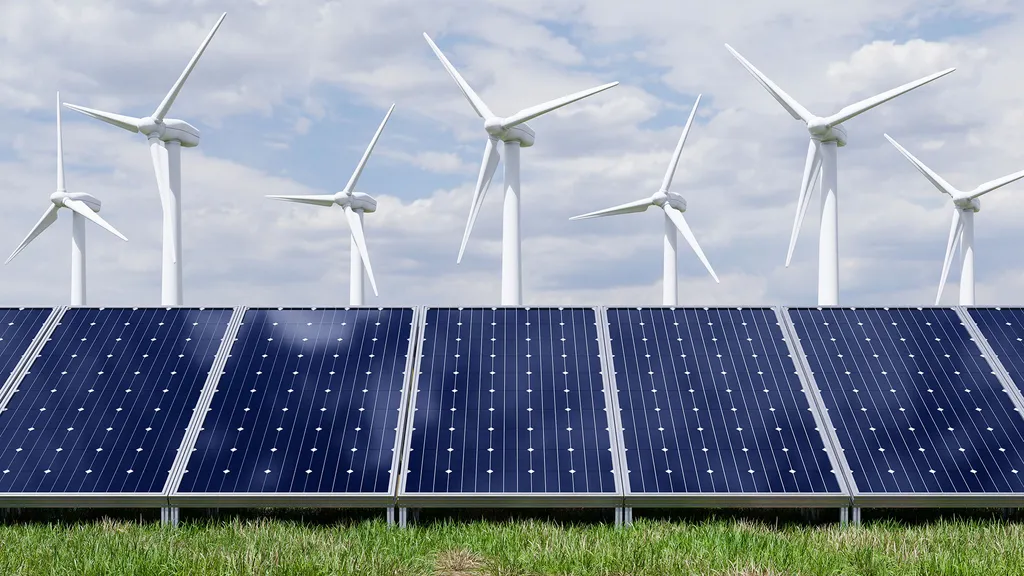
What if you could unlock hidden potential in your data center or industrial processes, simply by paying closer attention to a few key numbers? We’re not talking about complex algorithms or cutting-edge AI, but rather something far more fundamental — your chiller temperature checklist. Kaltra, an international company based in Munich, understands this principle implicitly. After all, they design and manufacture energy-efficient chillers with coil carrier, free cooling systems, precision air conditioners, and microchannel heat exchangers for data centers and industry, operating in over 60 countries with a strong focus on environmental friendliness and reliability. But even the best equipment benefits from diligent monitoring.
Understanding the Importance of Temperature Monitoring
Why should you bother with a chiller temperature checklist? Because temperature is a critical indicator of your chiller’s health and efficiency. Imagine your chiller as the heart of your cooling system. Just as a doctor monitors your body temperature to detect potential problems, tracking chiller temperatures helps you identify anomalies and prevent costly breakdowns.
Regular temperature checks allow you to —
- Optimize Performance — Are you getting the most cooling power for the energy you’re using? Monitoring temperatures will help you fine-tune your system for peak efficiency.
- Extend Lifespan — Overheating and excessive wear and tear are common causes of chiller failure. Early detection of temperature-related issues can significantly prolong the life of your equipment.
- Reduce Energy Consumption — Inefficient operation translates directly into higher energy bills. Monitoring temperatures enables you to identify and address inefficiencies, ultimately saving you money.
- Prevent Costly Downtime — An unexpected chiller failure can bring your entire operation to a standstill. Proactive temperature monitoring helps you avoid these disruptions and maintain continuous operation.
The data points on a chiller temperature checklist provide invaluable insight into system health. But what exactly should you be looking for?
Key Components of a Chiller Temperature Checklist
A thorough chiller temperature checklist should include the following critical temperature readings, taken at regular intervals —
- Entering and Leaving Chilled Water Temperature — This is perhaps the most crucial measurement. The difference between these two temperatures, known as the delta T, indicates how effectively your chiller is transferring heat. A significant deviation from the design delta T can signal problems with refrigerant charge, flow rate, or heat exchanger fouling. Are you achieving the desired temperature drop?
- Entering and Leaving Condenser Water Temperature (for water-cooled chillers) — Similar to the chilled water circuit, the condenser water temperature differential reveals how well the chiller is rejecting heat. High condenser water temperatures can reduce chiller capacity and increase energy consumption. Is your cooling tower performing optimally?
- Refrigerant Temperatures and Pressures — These readings provide a deeper understanding of the refrigerant cycle. Abnormal temperatures or pressures can indicate issues such as refrigerant leaks, compressor problems, or restricted flow.
- Ambient Temperature — Knowing the ambient temperature is essential for interpreting other temperature readings. Changes in ambient temperature can affect chiller performance, especially for air-cooled chillers.
- Oil Temperature (for certain chiller types) — Monitoring oil temperature is crucial for ensuring proper lubrication and cooling of the compressor. High oil temperatures can lead to premature wear and failure.
How often should you perform these checks? It depends on the age and condition of your equipment, as well as the criticality of your cooling system. However, a good starting point is a weekly visual inspection and a monthly recording of all temperature readings.
Best Practices for Implementing a Chiller Temperature Checklist
Implementing a chiller temperature checklist is not simply about taking measurements; it’s about creating a proactive maintenance program. Here are some best practices to follow —
- Establish a Baseline — Before you begin regular monitoring, record the normal operating temperatures of your chiller under various load conditions. This baseline will serve as a reference point for identifying deviations.
- Use Calibrated Instruments — Accurate temperature readings are essential. Ensure that your thermometers and pressure gauges are properly calibrated.
- Document Your Findings — Keep a detailed log of all temperature readings, along with any observations or maintenance actions taken. This documentation will help you track trends and identify potential problems early on.
- Analyze the Data — Don’t just collect data; analyze it. Look for trends, patterns, and anomalies. A sudden increase in condenser water temperature, for example, could indicate a scaling issue in your cooling tower.
- Take Corrective Action — When you identify a problem, take prompt corrective action. This might involve adjusting operating parameters, cleaning heat exchangers, or calling in a qualified service technician.
- Consider Automation — For larger or more critical cooling systems, consider using automated monitoring systems that provide real-time temperature data and alerts.
Ultimately, a well-implemented chiller temperature checklist is an investment in the longevity and efficiency of your cooling system. By paying close attention to these key numbers, you can optimize performance, reduce energy consumption, and prevent costly downtime. Just like Kaltra, you can embrace a focus on environmental friendliness and reliability, contributing to a more sustainable and efficient future.